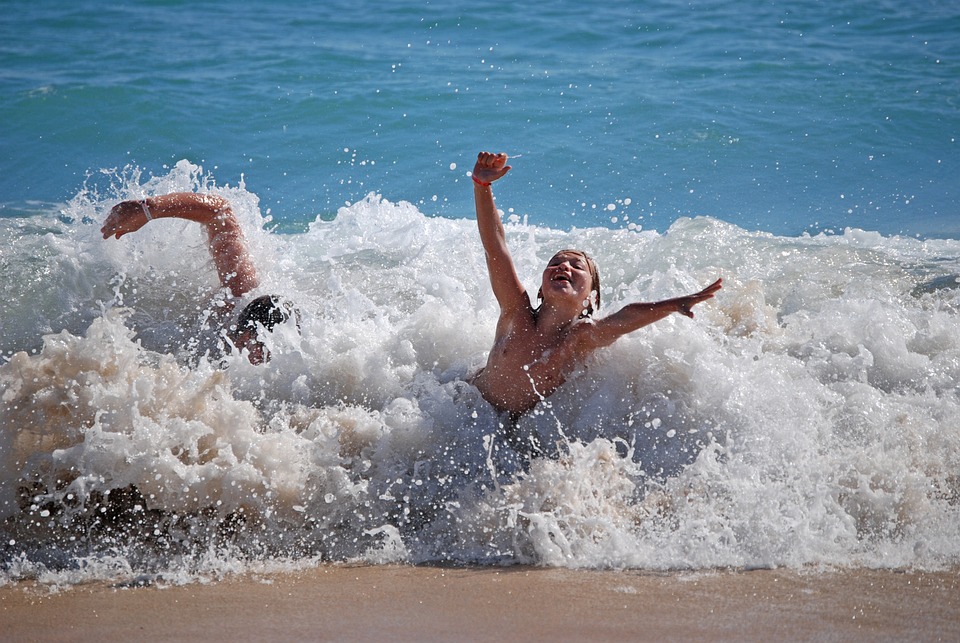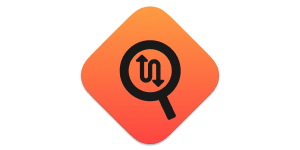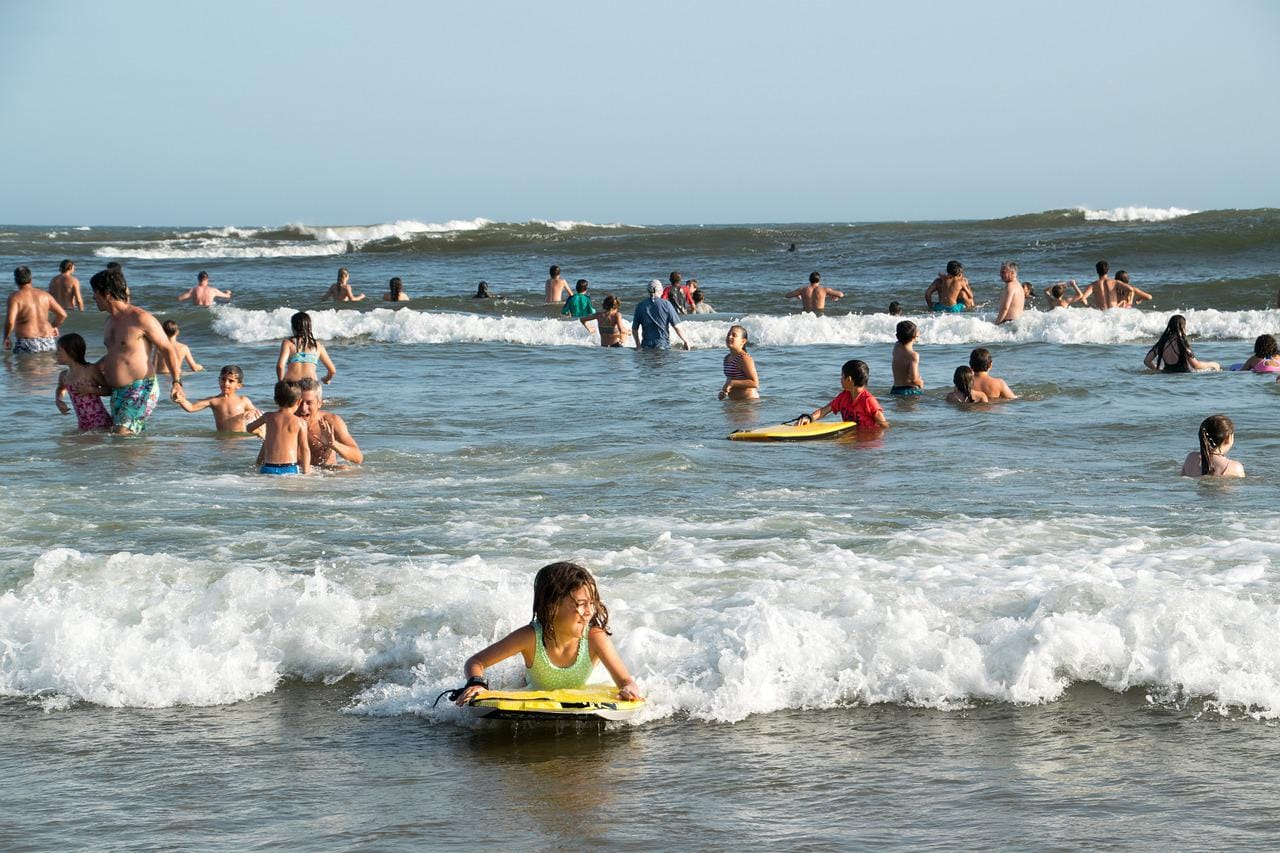It is a common belief that swimming immediately after eating is dangerous to health, as swimming on a full stomach can cause cramps and even lead to death. We decided to check whether there is any scientific basis for this fear.
“Do not go into the water after eating” - according to the materials Media And sites questions and answers, many of us were warned by our parents against such a sequence of actions. It was explained This is usually due to the fact that after eating food, there is a flow of blood to the digestive organs and an outflow of it from the extremities. Moreover, physical activity after eating is supposedly Maybe lead to stomach cramps, seizures and even death. Therefore after eating advised refrain from swimming for at least an hour, or even two or three. Now such a recommendation can be found on official medical websites. institutions, swimming pools, schools and urban administrations, as well as in media dedicated to sports and healthy image life. It is worth noting that belief also about the dangers of swimming after eating widespread and in English-speaking countries.
The most likely primary source for this ban is the Encyclopedia Britannica. calls 1911 Boy Scouts of America manual. Indeed, in the third chapter of this reference book, entitled “Setting up a camp” in the section “Tips on the water” there is such text: “Many swimmers make the mistake of entering the water too early after eating. The stomach and digestive organs are busy digesting, when suddenly you need to switch all your efforts to swimming. The organs do not have time to rebuild, the digestion process stops, the body is overloaded, and paralyzing convulsions occur.” In the 1960s, a warning about the dangers of swimming after eating also was present in the recommendations of the American Red Cross. However, neither the Boy Scout manual nor the Red Cross recommendations supported such a ban by citing any research.
In 1961, physiologist Arthur Steinhaus criticized the ban on swimming after eating, publishing article in the Journal of Health, Physical Education and Recreation. In it, he stated: “Although I have observed hundreds of thousands of people, including participants in Red Cross summer institutes, swimming for both sporting and recreational purposes immediately after eating, I have never encountered a situation of drowning or risk of drowning that was associated with eating. Drownings usually occurred due to carelessness or stupidity.” Steinhouse said that there was no point in waiting an hour after eating before swimming, unless, of course, the meal was so dense that the stomach restricted the movement of the diaphragm, that is, the breathing process was difficult.
Modern physiologists also agree with Steinhaus. For example, Michael Boniface from the Mayo Clinic (USA) speaks, that there is no scientific evidence that the flow of blood to the digestive organs can provoke such a significant outflow of blood from the extremities that convulsions threatening drowning occur. At the same time, he admits that as a child he was also forbidden to swim after eating. Unreasonable calls ban and Mark Messick in a piece prepared for Duke University Health System: “The body does redirect some blood to digestion, but not so much that the muscles in your arms and legs cannot function properly.”
In recommendations WHO And CDC (American Centers for Disease Control and Prevention) regarding safe behavior on the water there is no mention of the required interval after eating. At the same time, both institutions consider drinking alcohol before swimming to be an increased risk factor.

The inconsistency of the ban is confirmed by numerous experimental data. In 1962, American scientists held experiment involving 14 male volunteers. Before the 100-yard (91 m) swim, they ate cereal, toast, sugar, butter and drank skim milk for a total of 472 kcal (compared to the same amount of energy). 330 grams turkey fillet, 1 kg apples or almost a whole one big mac from McDonald's). The scientists looked at several time intervals: 30 minutes, an hour, an hour and a half, two hours, two and a half hours and three hours. Each participant swam ten times after each postmeal interval to ensure maximum accuracy of the experiment. In total, each volunteer performed 60 swims after meals; in total, 840 cases of swimming after meals were analyzed as part of the experiment. None of the participants reported nausea, stomach cramps, or seizures.
In 1965, scientists slightly changed experimental conditions. 24 volunteers took part in it: 12 men and 12 women. Before the 200-yard (182 m) swim, they ate cereal, toast, sugar, butter and drank whole milk for a total of 510 calories. After eating, they were asked to wait half an hour, an hour or two hours. Also, for comparison, they performed the same swim on an empty stomach (three hours without eating). Another group of subjects (eight men and 12 women) were given a longer distance of 400 yards (365 m) after the same diet and after the same periods of time, as well as a control distance on an empty stomach. In none of the cases did swimming provoke nausea, stomach cramps or cramps.
In 1968, the experimental parameters again changed. Now 24 men took part in it, the diet and time intervals remained the same, but the swim distance was increased to 1 mile (1.6 km). In total, the experiment took into account data from 768 swims (eight swims after each interval and eight swims on an empty stomach for each participant). Again, none of the participants reported any unpleasant effects from such swimming.
Minor, according to scientists, ailments were provoked only in one experiment. It involved 12 volunteers who, before swimming 200 yards, ate a significant portion of food - 673 g, which is comparable to three Big Macs. Based on the results of 192 swims (each volunteer completed the distance half an hour, an hour, two hours after eating and on an empty stomach), four cases of nausea and one case of vomiting were recorded. However, the heavy lunch still did not provoke any cramps in the stomach or cramps.
In 2011, the American Red Cross generalized all available data on swimming after eating in an article for the International Journal of Aquatic Research and Education. After searching all articles for keywords in 14 scientific databases (including PubMed, Cochrane Database of Systematic Reviews, Google Scholar and UpToDate), the authors of the meta-analysis concluded: “No major health or safety organization recommends not swimming after eating. There were no reports of fatal or non-fatal drownings caused by pre-swim eating in any of the sources reviewed. "Currently available information suggests that eating before swimming does not increase the risk of drowning; this may be considered a myth."
It is also worth noting that professional athletes also don't strive swim on an empty stomach. Moreover, during long-distance swims, they even eat food directly during the competition.
It is important to remember that all of the studies listed were only about food, and not about drinking alcoholic beverages along with it. According to systematic review According to the British Medical Journal, up to 70% of all drownings are associated with drinking alcohol while relaxing near water.
Thus, numerous experiments show that, contrary to popular belief, swimming after eating is not at all dangerous and cannot lead to death. In the worst case scenario, having your stomach too full before swimming can make you feel nauseous, but won't drag you down.

Misconception
Read on the topic:
- Is it true that drinking during meals is bad for digestion?
- Is it true that sunscreens are destroying coral reefs?
If you find a spelling or grammatical error, please let us know by highlighting the error text and clicking Ctrl+Enter.






